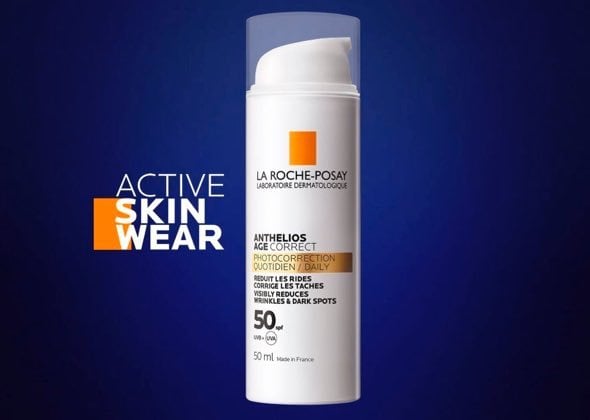Try our free AI Powered Acne Skin Analysis.

alcohol in cosmetics
What are Silicones ?
Silicones are synthetic ingredients that come in the form of oils and gels with a more or less thick texture.
To identify them in our products, take a look at the ingredients list on packaging. They can be found under names such as DIMETHICONE, CYCLOPENTASILOXANE, DIMETHICONOL, PHENYL TRIMETHICONE, AMODIMETHICONE, CYCLOMETHICONE. The easiest way to identify silicones is to look for words that end in one of these: –cone, –conol, –silane or –siloxane.
What are they used for ?
Where do they come from ?
Silicones used in cosmetics are of synthetic origin.
Why and how do we use them ?
The silicones we use allow us to achieve a wide range of textures and a high level of product performance, especially in terms of shine and lightness.
We favor the use of silicones which have the least environmental impact. Furthermore, efforts are continuously being made to improve the biodegradability of our formulas in general.
D5 is only used in our leave-on products.
Why are they questioned ?
Silicones are accused of plumping up the hair and the skin. The sensorial feels are also discussed : a quick hair lubrication and a non-soft touch on skin.
Silicones are not easily biodegradable in the environment, meaning some silicones accumulate.
The silicone called cyclotetrasiloxane (D4) is suspected of having carcinogenic, mutagenic or toxic effects for reproduction. This ingredient is forbidden by the European Regulation.
Facts:
- Scientific evidence does not suggest that hair products containing silicones have a negative impact on scalp health (greasing or other undesirable effect) or they are comedogen. As every fatty acid, from mineral or from natural origin - the silicones are not comedogens when they are used at the right dose in cosmetic products
- We always choose silicones that are high-performing and with minimal impact on the environment. Cyclopentasiloxane (D5) and cyclohexasiloxane (D6) are currently being evaluated at European level under the PBT criteria (Persistent, Bioaccumulative, Toxic) for the environment.
- We don’t use D4.

WE ARE #1 DERMATOLOGIST
RECOMMENDED SKINCARE BRAND
WORLDWIDE
(Ipsos, TNS) between November 2018 and July 2019 among dermatologists in 43
countries representing more than 80% of the worldwide GDP.






